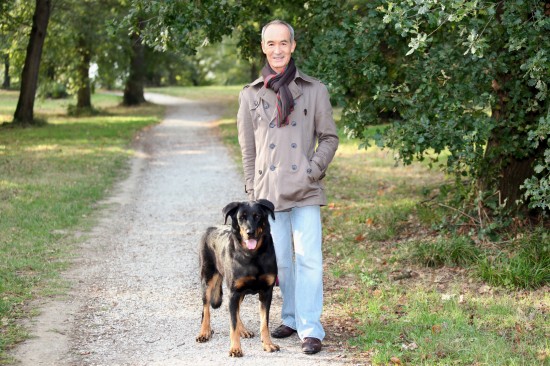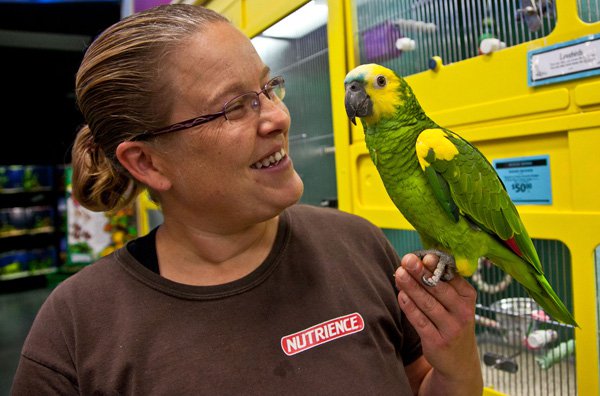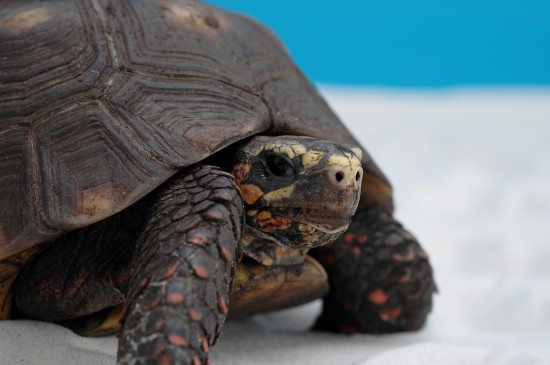Back in the 90's veterinarians were disturbed by the increase in feline cancer found in cats. They suspected that the tumors were vaccine associated sarcoma - malignant tumors. This controversial topic is reviewed in this article and options given to help keep your cat healthy.
A diagnosis of feline cancer can be devastating to a cat owner. Then to find out that it may be a vaccine associated sarcoma (malignant tumor) is even more crushing. There is increasing evidence that our actions to keep a cat healthy may actually lead to feline cancer.
This phenonmenon is now called vaccine associated sarcoma. The phrase "vaccine related" is preferred because there is certain proof that the vaccines cause the tumor. There may be something in the vaccine media that is actually leading to the sarcoma in cats.
The bottom line is that tumors are found more frequently where vaccines are given. Sometimes the material used in a vaccine is actually found in some cat tumors. It's all fairly hard to investigate because of the time that passes between the vaccination and when the tumor is discovered.
A vaccine associate sarcoma is a tumor that develops at the site of injection of a vaccination. It's not known what causes the tumor; if it's the vaccine or a substance mixed with the vaccine to encourage a stronger immune reaction that causes it.
It seems as if cat's respond differently to trauma than do dogs. Cats that have experienced an injury to the eye have a greater chance of developing a sarcoma in the cat's eye. Why dogs don't have this problem, but cats do may be related to the type of vaccine?
In the 80's the feline leukemia vaccine became available. About the same time several states made rabies vaccinations mandatory. Veterinarians naturally gave the vacinnes at the same time, usually in the same location on the cat's body.
After cats started showing up in vet offices with tumors and vaccine associated sarcoma was suspected, vets started to move the injection spot to a different location for each vaccine. This would also help identify if a feline cancer was related to a vaccine location.
The Vaccine Associate Feline Sarcoma task force recommend that the rabies vaccine be given in the right rear leg, the leukemia vaccine in the left rear leg, and all other vaccines off the shoulder midline area. There was one other recommendation. One opinion is to only vaccinate your cat with vaccines she needs. If you cat is a completely indoor cat, then there little risk of feline leukemia and she probably doesn't need that vaccine.
There was one more recommendation that is most controversial. That recommendation was to give vaccinations less frequently. Vets are not so much concerned that a vaccine will 'wear off' if it's given less frequently than they are that cat owners won't bring in their cat to the vet for its annual wellness exam.
As you can see, looking into the causes of feline cancer and vaccine associated sarcoma is a complicated topic. There are both health and monetary considerations for reducing the frequency of vaccinations in cats.

 Exercise Your Dog Back Into Condition
Exercise Your Dog
Exercise Your Dog Back Into Condition
Exercise Your Dog
 Your First Horse....to Buy Or Not To Buy
Your First Horse.
Your First Horse....to Buy Or Not To Buy
Your First Horse.
 Some More Information On The Miniature Schnauzer
Some More Informa
Some More Information On The Miniature Schnauzer
Some More Informa
 Choose Best Automatic Pet Feeders Interms Of Design, Setup, Cleaning
Choose Best Automatic Pet Feeders Interms Of Design, Setup
Choose Best Automatic Pet Feeders Interms Of Design, Setup, Cleaning
Choose Best Automatic Pet Feeders Interms Of Design, Setup
 Reptile Brumation Explained
Reptile Brumation
Reptile Brumation Explained
Reptile Brumation